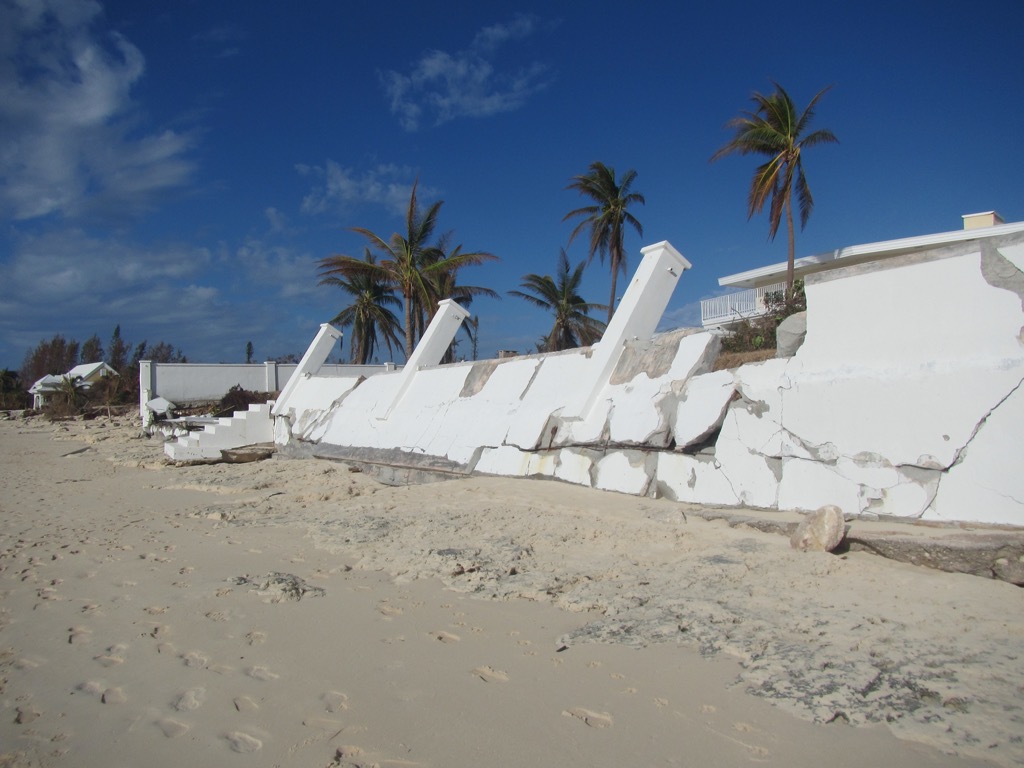Service
Hydrodynamic Modelling
Targeted, Advanced Simulations for Crafting Your Coastal Vision
Our service entails meticulous analyses of wave conditions, currents, sediment movements, and historical shoreline evolutions. Obtain unparalleled insights into predictable and well-informed coastal management.
Deciphering the complex interplay of hydrodynamical forces that shape coastal ecosystems is imperative for enhancing the efficacy of climate emergency mitigation strategies.[ESA] CCell can model the multiple transformations along your coastline, tracing its evolution through history, to the present day, and into the future.
This modelling is essential to the maintainence of healthy coastal ecosystems and is a precursor to implementing our nature-based coastal protection solutions with hyperboloid reefs.
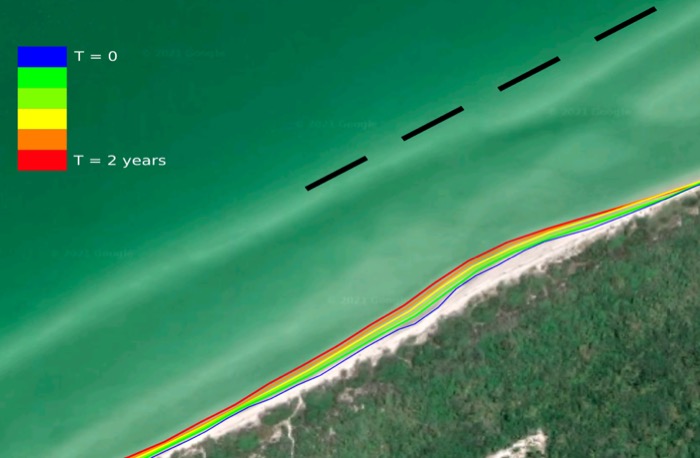
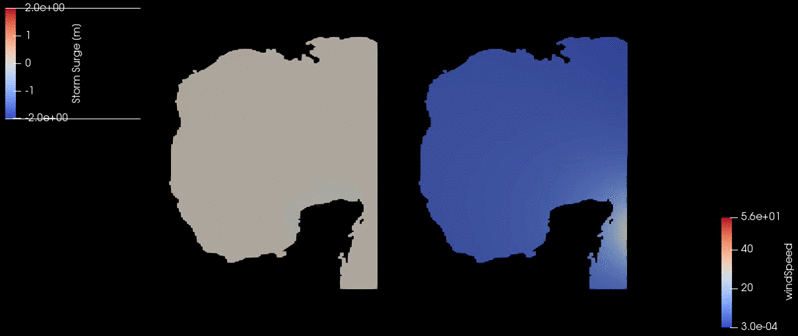
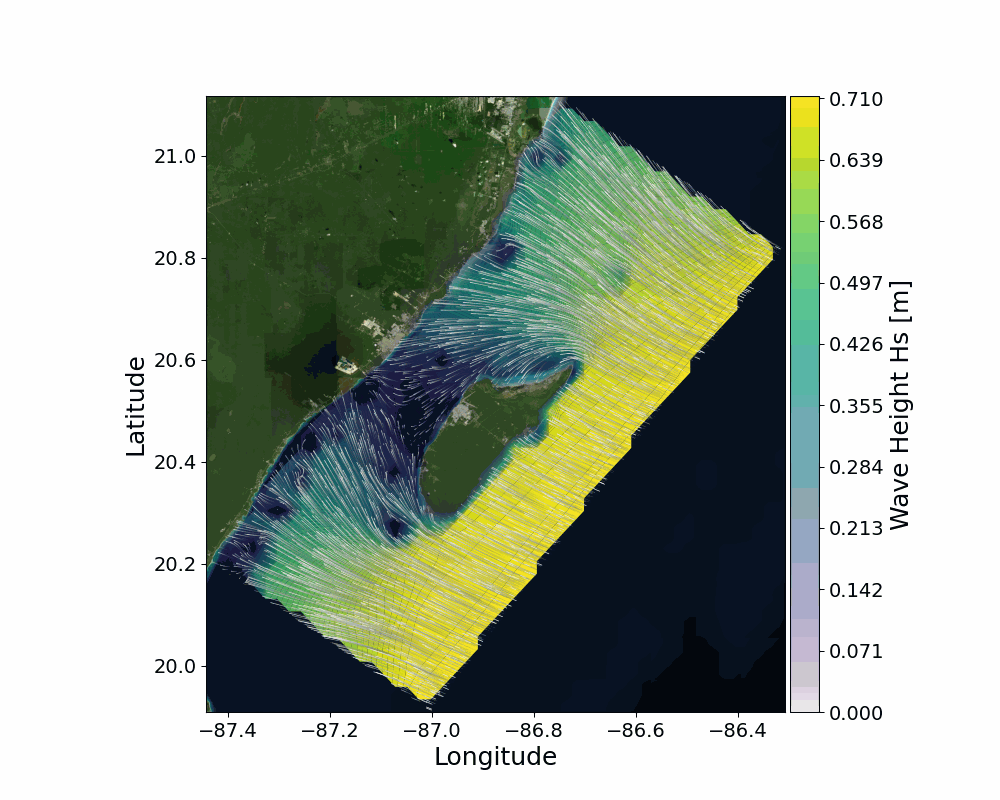
Applications
- Strategic coastal development planning
- Anticipating climate-vulnerable coastal transformations
- Mitigating extreme-weather impact
- Optimising breakwater positioning for enhanced effectiveness
- Facilitating community-led coastal restoration
- Precursor to ecological and environmental surveying
- Permit applications
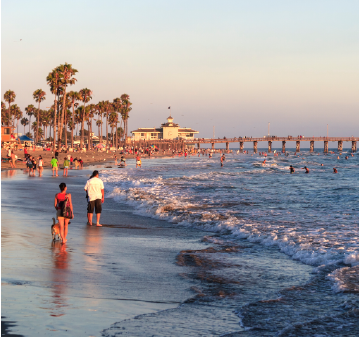

Key Features
Historical Trends
Using global data source (e.g. Satellite, NOAA, Copernicus) with local site studies and wave-buoys data to spotlight historical environmental events.
Waves & currents- Wave history
- Wave shoaling, refraction and diffraction (SWAN and SWASH)
- Wave-induced currents (Telemac)
- Near-shore wave statistics (Energy Spectra, Return Periods, etc.)
- Coastline evolution *
- Hurricane tracks *
- Storm Surge *
- 2D and 3D modelling of extreme nonlinear waves (BST)
Wave-Structure Dynamics
CCell utilises computational modelling tools to craft comprehensive analyses. Recognising the importance of effective and ecologically mindful coastline planning, we ensure a deep understanding of impacts of new installations on your site.
Breakwater planning- Extreme loads
- Optimal placement
- Environmental impact
- Hydrodynamic forces (considering height, width, length, freeboard, materials, porosity, structure).
- Porosity and turbulence
- Stress testing materials
- Laboratory testing
Computational Models
We bring you easy-to-understand, dynamic simulations that breathe life into your coastal development planning, providing a comprehensive understanding of how environmental forces impact your site.
Fluid Dynamics- CFD (Computational fluid dyanmics)
- Wave attenuation
- Breakwater effectiveness
- Impact of various solutions on coastal sediments
- Predictive coastal evolution
- Comparison of nature-based and traditional solutions
Case Study
Bahamas – Hurricane Matthew
In October 2016, the eye of Hurricane Matthew passed directly over Grand Bahama, causing extensive destruction. It was estimated that around 95% of homes in Eight Mile Rock and Holmes Rock sustained severe damage from high winds and powerful waves.
When we visited the region the following year, damage to coastal properties was found to be concentrated in areas without an offshore reef.
Our observations showed that offshore reefs caused larger waves to break farther from the shore, leading to sand accumulation behind the reef structures. The resulting shallower water helped to dissipate wave energy, significantly reducing the impact of storms like Hurricane Matthew.
